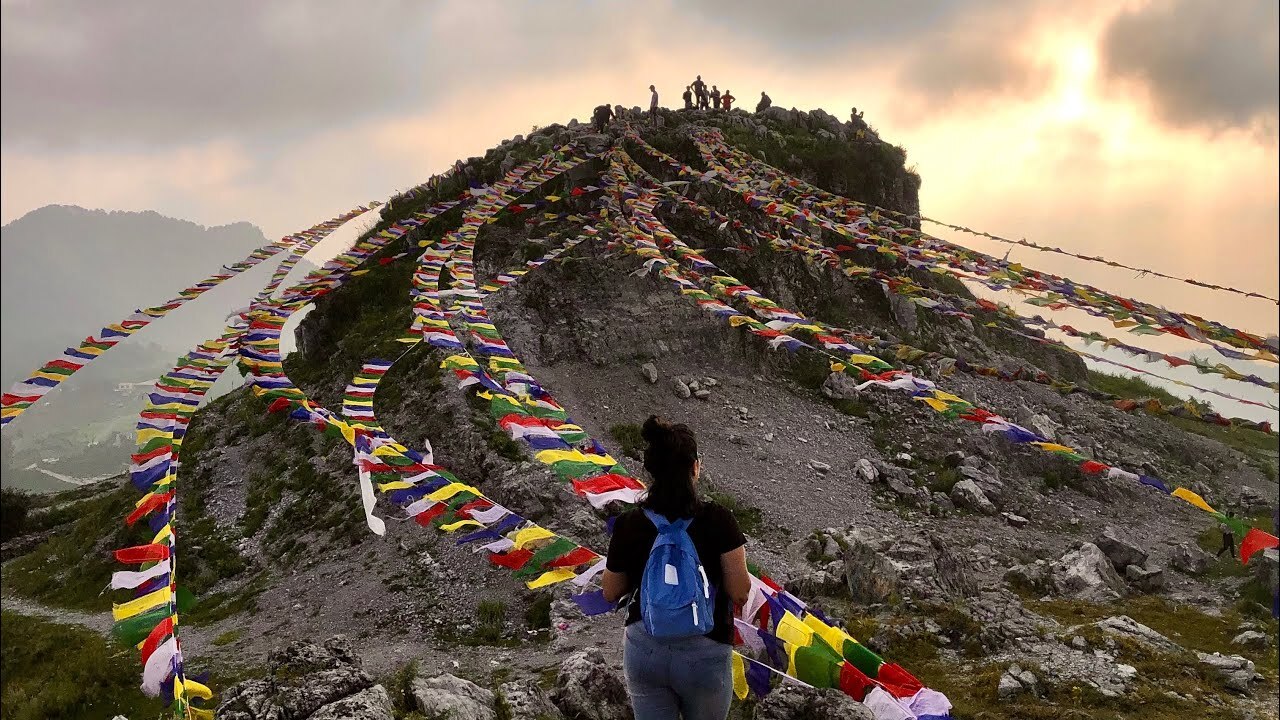
Who was George Everest? If you've ever wondered about the person behind the name of the world's highest peak, you're in the right place. George Everest was a British surveyor and geographer whose work laid the foundation for modern cartography in India. Born in 1790, he played a pivotal role in the Great Trigonometrical Survey, a project that aimed to map the entire Indian subcontinent. Despite never setting foot on the mountain that bears his name, his contributions to geography and surveying were monumental. Why is Mount Everest named after him? The mountain was named in his honor by his successor, Andrew Waugh, to recognize Everest's significant contributions to the field. Ready to learn more? Let's dive into 35 intriguing facts about George Everest!
Key Takeaways:
- George Everest, a pioneering surveyor, made significant contributions to science and technology, laying the foundation for modern surveying techniques and GPS technology.
- Despite never seeing Mount Everest, his meticulous work and dedication left a lasting legacy, inspiring future generations of surveyors and geographers.
Early Life and Education
George Everest, a name synonymous with the world's highest peak, had a fascinating life. Let's dive into some intriguing facts about his early years and education.
- Born on July 4, 1790, in Crickhowell, Wales, George Everest was destined for greatness from the start.
- He attended the Royal Military Academy in Woolwich, London, where he studied engineering and mathematics.
- Everest joined the East India Company in 1806, beginning his long association with India.
- He was a student of Colonel William Lambton, who initiated the Great Trigonometrical Survey of India.
Career Highlights
Everest's career was marked by significant achievements and contributions to the field of geodesy and surveying.
- In 1818, he was appointed as the assistant to Colonel Lambton in the Great Trigonometrical Survey.
- After Lambton's death in 1823, Everest took over as the superintendent of the survey.
- He introduced the use of the theodolite, an instrument for measuring horizontal and vertical angles, to improve survey accuracy.
- Everest's work helped map the meridian arc from the southernmost point of India to the northernmost point.
- He was promoted to Surveyor General of India in 1830, a position he held until 1843.
- Everest's meticulous work laid the foundation for future surveys and mapping in India.
Contributions to Science and Technology
Everest's contributions went beyond just surveying; he also made significant advancements in science and technology.
- He was a pioneer in the use of geodetic surveying techniques, which measure the Earth's shape and size.
- Everest's work helped establish the accurate measurement of the Earth's curvature in India.
- He collaborated with mathematicians and scientists to improve the precision of his surveys.
- Everest's surveys provided critical data for the development of cartography in the 19th century.
- He was instrumental in the creation of the first accurate maps of India.
Recognition and Honors
Everest's contributions did not go unnoticed. He received numerous accolades and honors during his lifetime.
- In 1861, he was knighted by Queen Victoria for his services to science and surveying.
- The Royal Geographical Society awarded him the prestigious Gold Medal in 1862.
- Everest was elected a Fellow of the Royal Society, one of the highest honors for a scientist.
- He received honorary degrees from several universities, including Oxford and Cambridge.
- The mountain now known as Mount Everest was named in his honor in 1865 by Andrew Waugh, his successor as Surveyor General of India.
Personal Life and Legacy
Despite his professional achievements, Everest also had an interesting personal life and left a lasting legacy.
- He married Emma Wing in 1821, and they had six children together.
- Everest retired to England in 1843, where he continued to be involved in scientific research.
- He passed away on December 1, 1866, in London, leaving behind a legacy of precision and dedication.
- Everest's work inspired future generations of surveyors and geographers.
- His name lives on, not just in the mountain, but in numerous institutions and awards related to geography and surveying.
Fun Facts
Here are some lesser-known, fun facts about George Everest that add a bit of color to his story.
- Despite the mountain being named after him, Everest never actually saw Mount Everest.
- He was known for his meticulous attention to detail, often rechecking measurements multiple times.
- Everest was a polyglot, fluent in several languages including Hindi and Persian.
- He had a keen interest in astronomy and often used stars for navigation during his surveys.
- Everest was an advocate for the use of technology in surveying, always looking for ways to improve accuracy.
Impact on Modern Surveying
Everest's influence extends to modern surveying techniques and practices.
- His methods are still taught in surveying courses around the world.
- The principles he established are used in modern GPS technology.
- Everest's work paved the way for the accurate mapping of other regions, including Africa and Australia.
- He is considered one of the founding figures in the field of geodesy.
- Everest's legacy continues to inspire surveyors and geographers to this day.
Everest's Legacy Lives On
George Everest's contributions to geography and cartography are monumental. His work laid the groundwork for modern mapping techniques, and his name lives on through the world's highest peak, Mount Everest. Despite never setting foot on the mountain, his legacy is etched in history. Understanding his achievements gives us a glimpse into the dedication and precision required in the field of surveying.
Everest's story reminds us that behind every great discovery, there's a person with relentless curiosity and determination. His meticulous methods and passion for accuracy continue to inspire geographers and explorers today. So next time you hear about Mount Everest, remember the man who made it possible for us to know its exact height and location. George Everest's legacy is a testament to human ingenuity and the enduring quest for knowledge.
Frequently Asked Questions
Was this page helpful?
Our commitment to delivering trustworthy and engaging content is at the heart of what we do. Each fact on our site is contributed by real users like you, bringing a wealth of diverse insights and information. To ensure the highest standards of accuracy and reliability, our dedicated editors meticulously review each submission. This process guarantees that the facts we share are not only fascinating but also credible. Trust in our commitment to quality and authenticity as you explore and learn with us.


